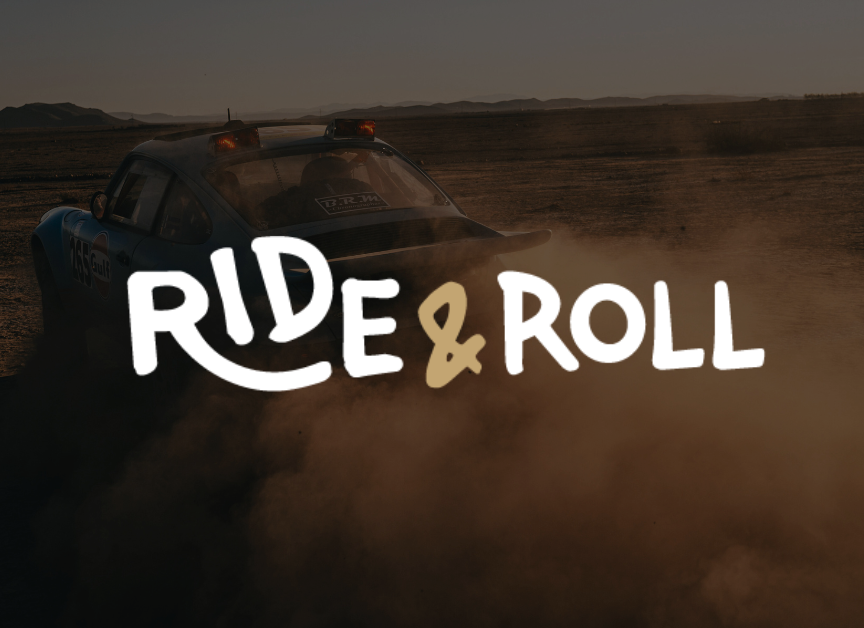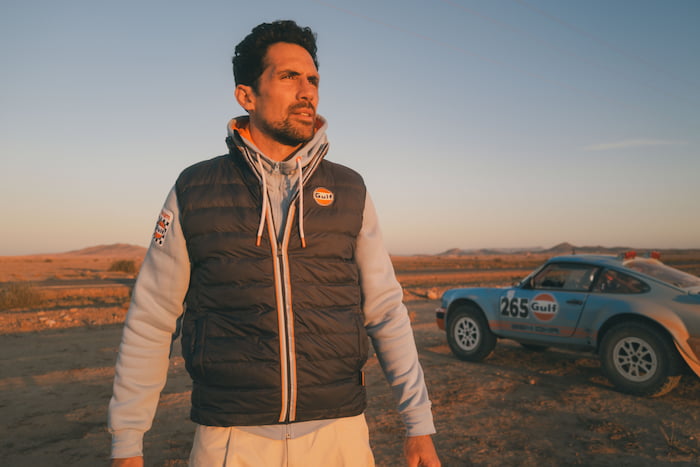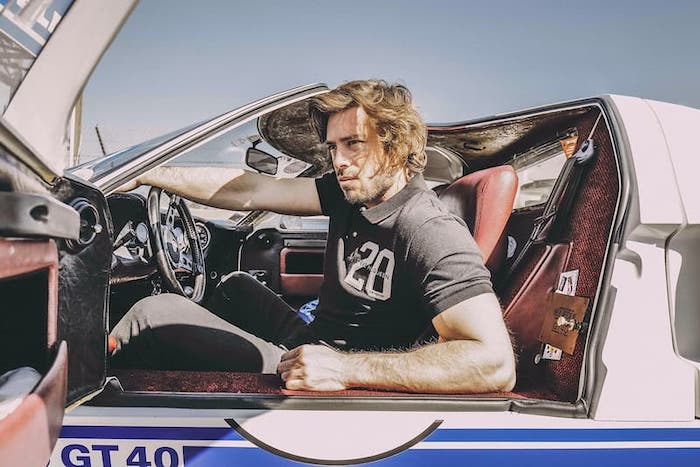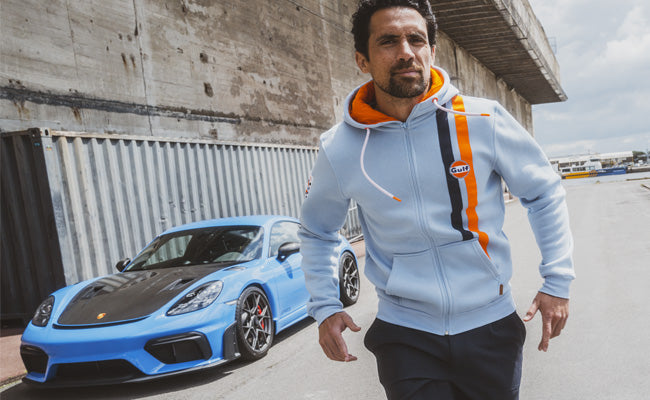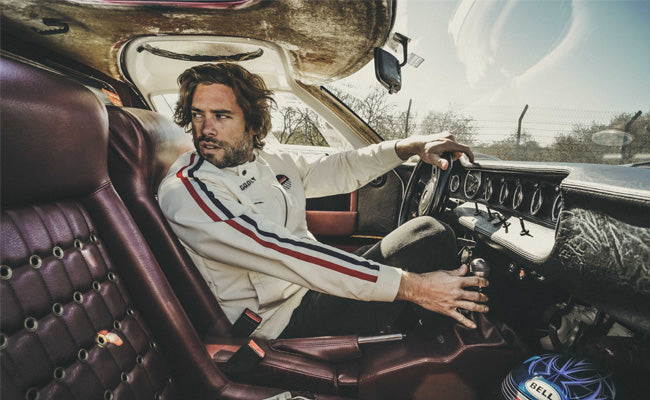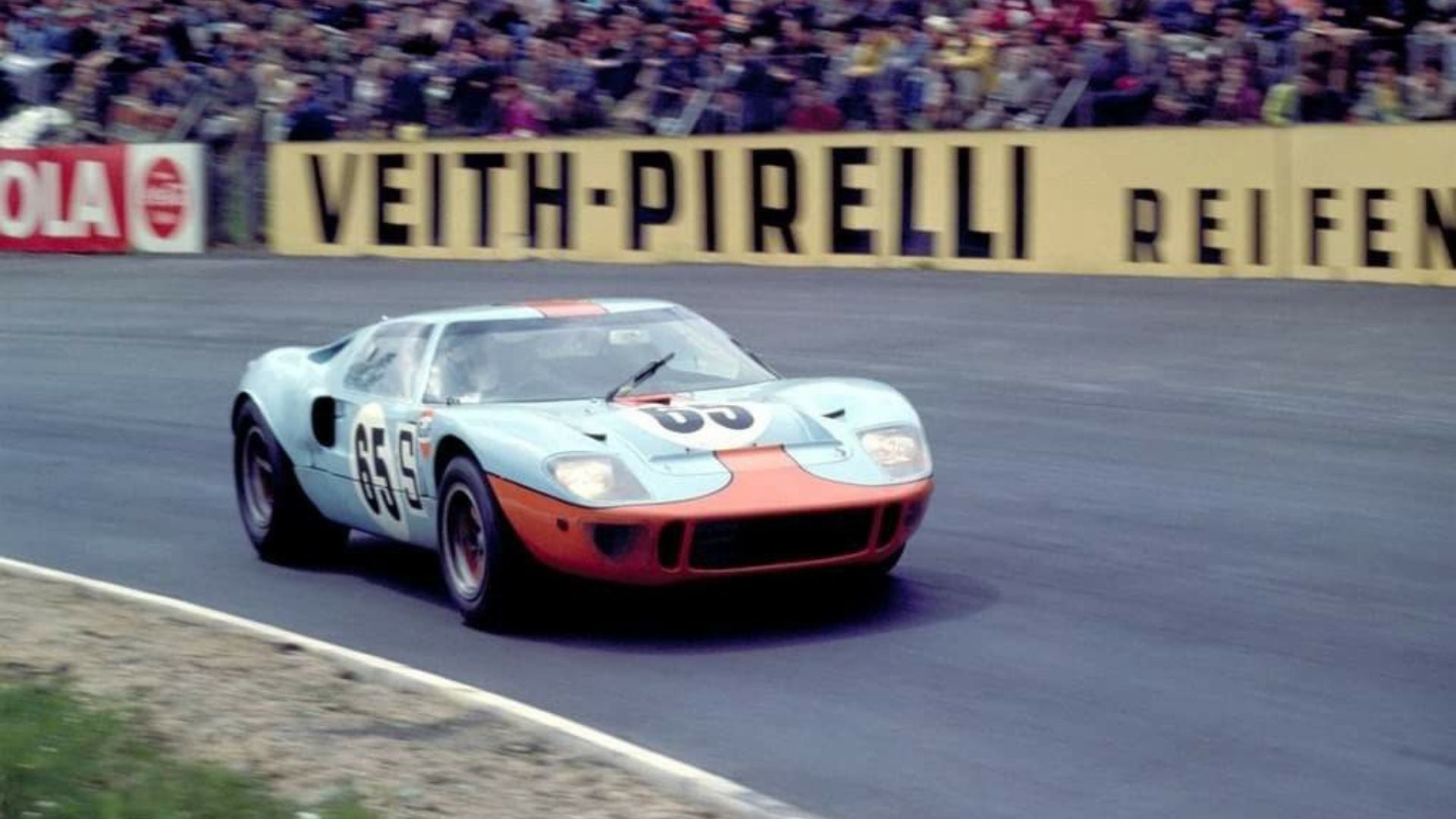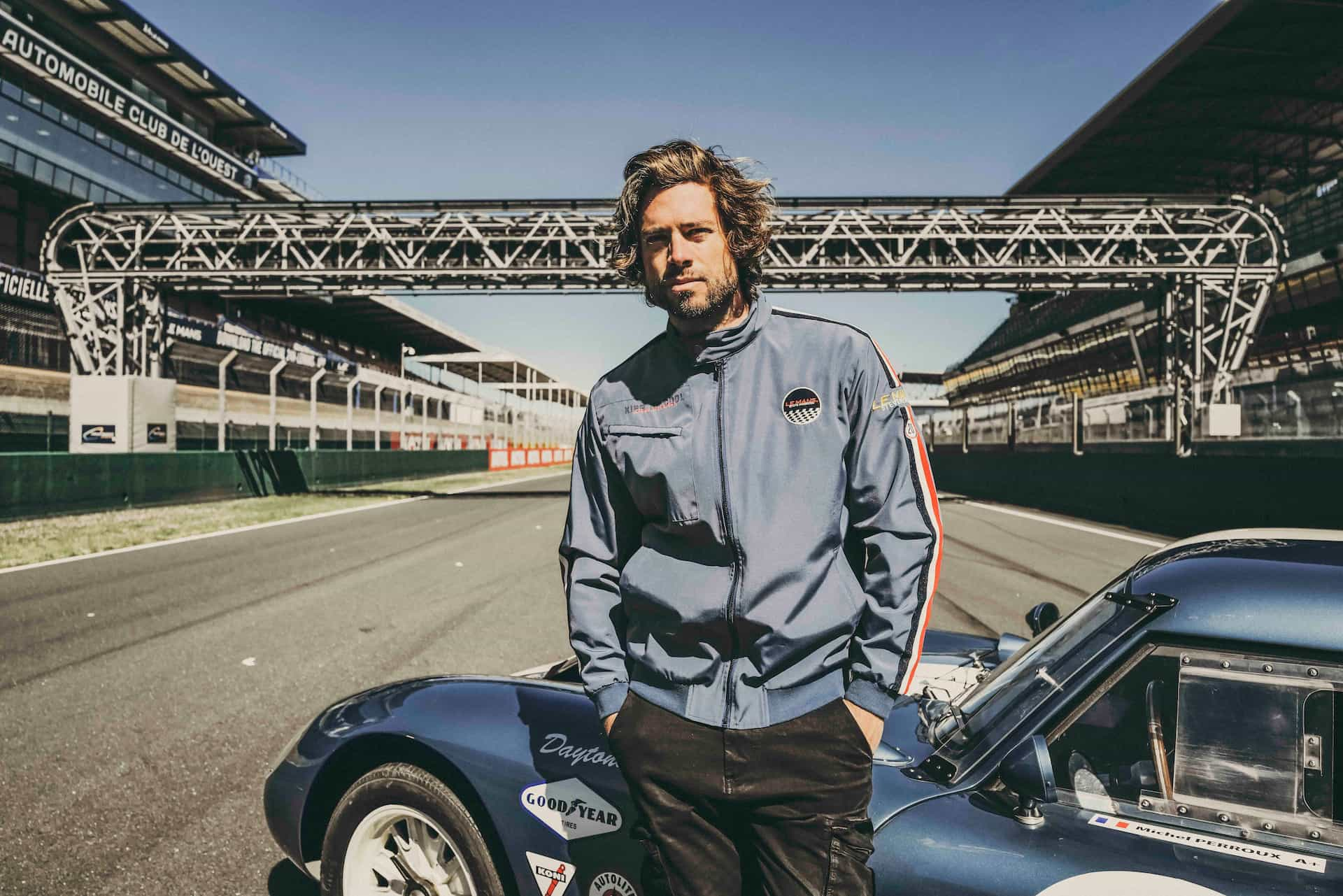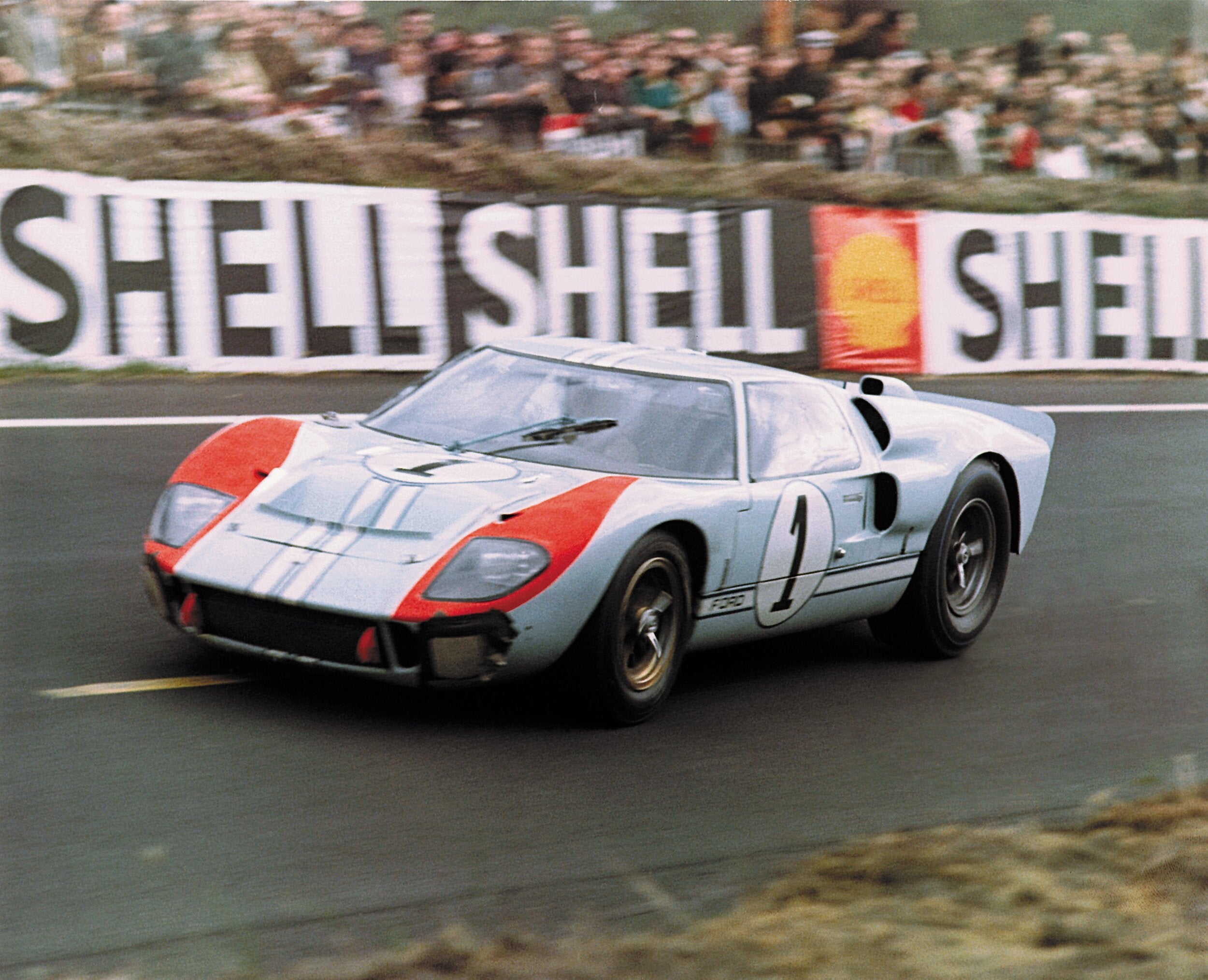The Historical Origins of Gulf Oil
Gulf Oil Corporation was founded in 1901 following the discovery of a major oil field in Spindletop, Texas. Founded by the visionary bankers the Mellon brothers, the company takes its name from the Gulf of Mexico, where its early operations were concentrated.
From the very beginning, Gulf has stood out for its spirit of innovation. The brand became a pioneer in the development of the first modern gas stations in the United States, revolutionizing the way motorists refueled.

In the 1920s and 1930s, Gulf grew rapidly and expanded internationally. The company gradually joined the elite circle of the "Seven Sisters," the seven largest oil companies that dominated the global petroleum industry.
It was also during this time that the visual identity that would go down in history was born: the famous sky blue and orange colors. This choice of contrasting colors made Gulf stations immediately recognizable on American, and later global, roads.
In 1984, Gulf Oil was acquired by Chevron for $13.2 billion. However, the Gulf brand continues to exist in different forms in different regions of the world, preserving its unique visual and cultural heritage.
Gulf's History in Motorsport:
Gulf's Historic Victories at Le Mans: The Triumphant Ford GT40s (1967-1969)
Gulf's racing history truly began in 1967, when the brand became the official sponsor of the John Wyer Automotive Engineering team. The Ford GT40s then sported Gulf's blue and orange livery, creating a visual signature that remains one of the most iconic in motorsport today.
Success was not long in coming. In 1968 and 1969, the Gulf Ford GT40s won back-to-back victories at the 24 Hours of Le Mans. These triumphs at the Circuit de la Sarthe propelled Gulf to the status of a motorsport icon and established a lasting association between the brand and the values of performance and endurance.
The Porsche 917 Gulf: The Legendary Racing Car That Dominates Le Mans (1970-1971)
The adventure continued in the early 1970s with a historic partnership with Porsche. This collaboration gave birth to the legendary Porsche 917 Gulf, considered one of the most iconic racing cars of all time.
The Gulf Porsche 917K won the 24 Hours of Le Mans in 1970 and 1971, cementing Gulf's reputation among the elite of motorsport. Drivers like Jo Siffert and Pedro Rodriguez became ambassadors for the brand on circuits around the world.

Steve McQueen and Gulf: When Hollywood Immortalizes the Le Mans Legend
The Gulf legend took on a major cultural dimension in 1971 with the film "Le Mans," starring Steve McQueen. The actor played a driver behind the wheel of a Gulf-liveried Porsche 917, giving the brand unprecedented global exposure.
This combination of McQueen, a symbol of Hollywood's "cool attitude," and the Gulf colors transforms a simple commercial logo into a true cultural icon. The film, which has become a cult classic for car enthusiasts, immortalizes images of Gulf cars in action.
Gulf's Triumphant Return to Competition
After a more discreet period, Gulf made a remarkable return to motorsport in the 1990s. In 1994, the brand supported the GTC Competition team at the 24 Hours of Le Mans with a McLaren F1 GTR in Gulf livery.
In the 2000s, Gulf increased its presence by sponsoring the Aston Martin Racing team. The Gulf-branded Aston Martin DBR9s and later the LMP1s became regular contenders in endurance racing.
Gulf and Formula 1
Since 2020, Gulf has formed a prestigious partnership with McLaren in Formula 1. The highlight of this collaboration was the 2021 Monaco Grand Prix, where McLaren single-seaters raced in a special Gulf livery, creating one of the most striking visual moments of the season.

In February 2023, Williams Racing announced a multi-year agreement with Gulf Oil International. This partnership marked Gulf's return to Formula 1 following the end of its partnership with McLaren.
For the 2023 season, Williams has incorporated the Gulf logo onto its cars, driver suits, and teamwear. While Williams did not opt for a full Gulf livery like McLaren did in Monaco, fans were able to see the iconic blue and orange colors on some of the team's equipment.
This alliance builds on Gulf's rich history in motorsport, which dates back to the 1960s and includes notable successes at the 24 Hours of Le Mans.
Gulf's Cultural Heritage Today: A Timeless Automotive Icon
Today, Gulf's influence in the automotive world extends far beyond motorsport. The Gulf colors have become a timeless symbol found on special edition road cars, collectibles, and of course, clothing .
Manufacturers such as Porsche, Ford and McLaren regularly offer Gulf special editions, while many enthusiasts customize their vehicles with the legendary blue and orange livery.

Gulf and Ride & Roll:
More than just an oil brand, Gulf is a symbol of automotive passion that transcends generations.
That's why Ride & Roll has signed the official textile and footwear license for this legendary brand. The designers don't just reproduce its iconic visual codes. They strive to capture the very essence of the brand: its competitive spirit, its passion for performance, and its timeless heritage. Each creation scrupulously respects Gulf's DNA while giving it a contemporary interpretation that resonates with today's enthusiasts.


